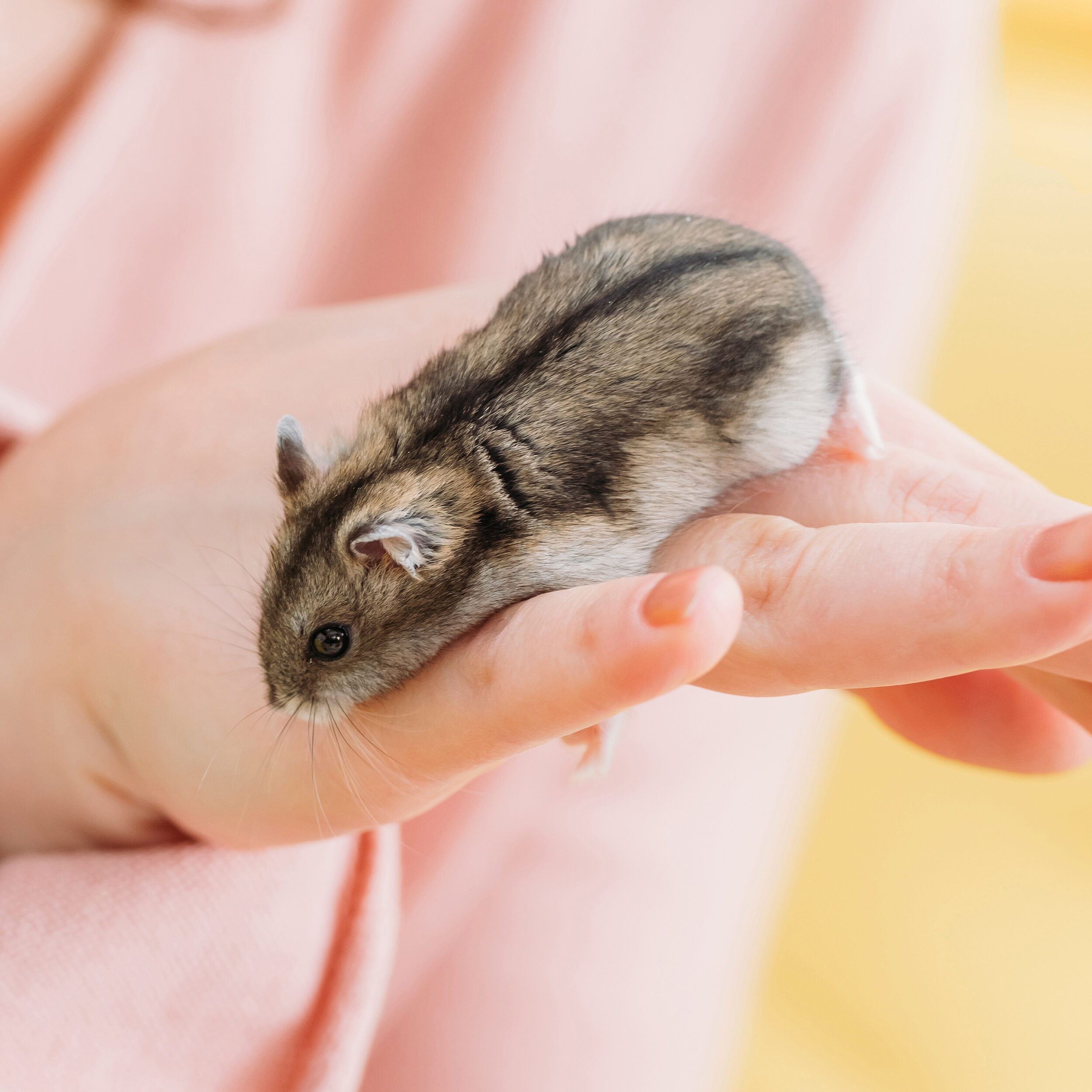Effective Ways to Use a Hamster Sand Bath for 2025
Hamsters are delightful little companions that thrive when provided with proper care and enrichment. One essential component of hamster care that often goes unnoticed is the sand bath. This simple yet effective method not only contributes to your hamster's hygiene but also promotes their overall well-being. In this article, we will explore effective ways to use a hamster sand bath, including the benefits, types of suitable sand, and best practices for creating a healthy bathing routine.
Using a sand bath can significantly improve your hamster's quality of life. It helps in regulating their fur health, controlling odors, and allowing them to engage in natural behaviors that keep them content and active. The right approach to sand bathing can ensure that your hamster remains clean and happy, while also enriching their habitat.
From understanding the best sand for hamsters to creating a DIY sand bath setup, we will cover various aspects that every pet owner should know. By the end, you'll have all the information you need to effectively integrate sand bathing into your hamster's care routine.
Choosing the Best Sand for Hamsters
When it comes to selecting a suitable sand bath for your hamster, the choice of sand is crucial. Not all sand types are safe or effective for hamsters. The best sand for hamsters is often natural and free from any harmful additives. Avoid using regular beach sand or any sand with dust and particles that could irritate your hamster’s respiratory system.
Types of Sand for Hamsters
The most commonly recommended type of sand is chinchilla sand, which is finely sifted and specifically designed for small animals. This sand absorbs oils and moisture from your hamster’s fur, helping to keep them clean. Other safe options include dust-free sand available in pet stores, often labeled specifically for small animals.
DIY Hamster Sand Bath Setup
Creating a DIY hamster sand bath can be both affordable and straightforward. You can use a shallow dish that is safe for your pet, ensuring it's easy for them to climb in and out. Fill it with the chosen sand, making sure to provide enough depth for your hamster to burrow and roll around in. An ideal setup would include around 2-3 inches of sand for optimal play and cleaning.
Monitoring Sand Bath Use
Observe your hamster while they use the sand bath to ensure they are comfortable and engaged. Some hamsters may take longer to get used to the sand, while others will dive right in. Monitoring their behavior during bath time can reveal their preferences and help you adjust the amount of sand or the type of container used.
Safety Considerations
Safety should always be a priority when introducing new elements into your hamster's habitat. Ensure that the sand you use is free of chemicals and safe for ingestion, as hamsters may accidentally consume sand while cleaning themselves. Furthermore, consider providing a separate area for sand bathing, away from their food and water sources, to maintain cleanliness and hygiene.
Sand Bath Benefits for Hamsters
Integrating a sand bath into your hamster's care routine comes with a host of benefits that contribute to their overall health and happiness. Understanding these advantages can help you appreciate the importance of this grooming practice.
Enhancing Hamster Hygiene
One of the primary benefits of a sand bath is improved hygiene. Hamsters may not always successfully clean their fur, leading to a buildup of oils, dirt, and debris. A sand bath provides them with an opportunity to thoroughly clean and freshen their coats, reducing the risk of skin issues and infections.
Odor Control
Another significant advantage of using a sand bath is its ability to control odors. Sand absorbs moisture and oils that can contribute to unpleasant smells. Regularly using a sand bath helps maintain a more pleasant environment, both for your hamster and for you.
Promoting Natural Behaviors
Hamsters are naturally inclined to dig and burrow. By allowing them access to a sand bath, you encourage these instinctual behaviors, which also help to relieve stress and boredom. Engaging in such activities can improve their overall well-being, making them more active and playful.
Healthy Grooming Routine
Developing a routine that includes sand bathing can aid in your hamster's grooming process. Regular baths help prevent matting and promote healthy fur. It is essential to establish a consistent bath schedule, perhaps once or twice a week, depending on your hamster’s lifestyle and needs.
How to Maintain Your Hamster's Sand Bath
Proper maintenance of your hamster's sand bath is critical to ensure a safe and hygienic experience during bath time. A clean sand bath not only benefits your hamster but also makes your life easier as a pet owner.
Cleaning the Sand Bath
Cleaning the sand bath should be done regularly to prevent the buildup of waste materials. Remove any soiled sand and replace it with fresh sand as needed. It's advisable to do a thorough clean every week or two, depending on how often your hamster uses the bath. Use a small scoop to easily manage the sand.
Choosing Safe Bath Materials
Ensure that the sand you choose is free from harmful additives and is safe for your pet. Look for eco-friendly options that do not contain dust, as inhalation can cause respiratory issues. Natural hamster sand is often a good option.
Storage and Placement
Store the sand in a cool, dry place when not in use to prevent contamination. Additionally, place the sand bath in a comfortable area within your hamster’s habitat, away from direct sunlight and drafts to maintain a stable environment.
Adapting the Bath Frequency
The frequency of sand baths may vary based on your hamster's specific needs. Monitoring their activity levels and hygiene will help you determine whether to increase or decrease bath time. Every hamster is different, so be flexible and responsive to their unique behaviors.
Integrating Sand Bath into Your Hamster's Habitat
To maximize the benefits of a sand bath, it is essential to seamlessly integrate it into your hamster's habitat. The right setup can enrich their environment and make grooming a pleasurable experience.
Cage Accessories for Hamsters
Consider incorporating additional accessories that complement the sand bath, such as tunnels, chew toys, and hiding spots. A well-rounded habitat will encourage exploration and play while ensuring your hamster has various activities to engage in.
Interactive Hamster Play
Enhancing your hamster’s living space with interactive elements can significantly improve their quality of life. Look for hamster enrichment toys that stimulate their natural instincts and allow for fun playtime in and around the sand bath area.
Hamster Habitat Ideas
Designing a complex, multi-level habitat with hiding spots, exercise wheels, and enrichment activities will keep your hamster engaged. Be sure to include easy access to the sand bath, encouraging your pet to use it regularly.
Managing Hamster Wellness
Observing your hamster’s behavior and health is crucial. During sand bath sessions, monitor for any signs of discomfort or unusual behaviors, which may indicate stress or health issues. Regular health checks coupled with good hygiene practices contribute to a well-rounded care routine.
Conclusion: The Importance of Hamster Sand Baths
Incorporating a sand bath into your hamster's care plan is not just about cleanliness; it plays a vital role in their overall health and happiness. Offering your hamster the best sand bath setup, regular maintenance, and a well-designed habitat will ensure they thrive in your care.
As a responsible pet owner, prioritizing your hamster’s grooming and hygiene through regular sand baths can lead to healthier grooming and improved overall well-being. By integrating these practices into your routine, you are not just enhancing their living space but also enriching their lives.


